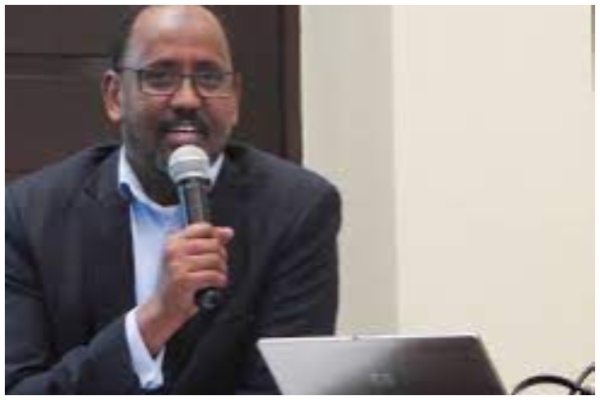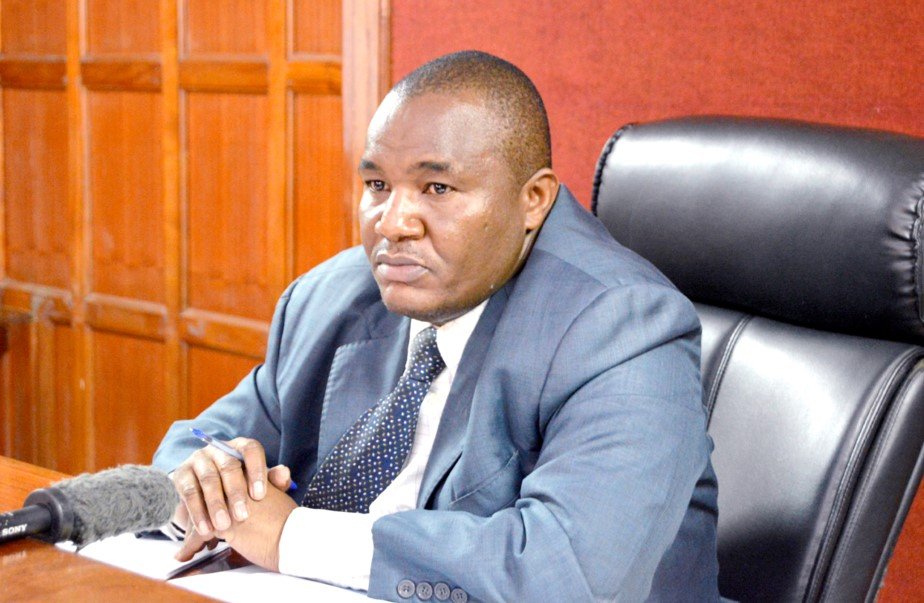Sh1.5 billion reproductive health plan launched

Ministry of Health and development partners have launched a partnership towards ending teen pregnancies and new HIV infections among adolescents.
The Ministry and UN in Kenya, led by United Nations Population Fund (UNFP), yesterday announced the rollout of a new Development Impact Bond (DIB) worth about Sh1.5 billion ($10.1 million) for adolescent sexual and reproductive health (ASRH) in Kenya.
The bond will fund delivery of high-quality, adolescent and youth-friendly sexual and reproductive health services including HIV testing and treatment.
Counties that will be covered are Nairobi, Mombasa, Kisumu, Homa Bay, Bungoma, Migori, Kisii, Nyamira, Kakamega, and Busia.
The HIV Estimates Report, 2023 indicate that one in six adolescent girls between 15 and 19 years has ever been pregnant.
In 2022, an estimated 7,307 new HIV infections occurred among adolescents and young people aged 15-24, accounting for 41 per cent of all adult new infections in the country and adolescent girls and young women are particularly vulnerable and account for 78 per cent of new HIV infections among adolescents and young people of the same age.
The Ministry’s Head of the Directorate of Family Health Bashir Issak said the programme is timely and aligns with the Government’s ambitions of improving the health and wellbeing of Kenyans.
“It comes at a time when, we as a nation, are scaling up our efforts to address the challenge of teenage pregnancy, adolescent HIV, GBV and other harmful practices, through a multi-sectoral approach,” said Bashir during the launch of the programme in a Nairobi hotel.
He quoted data from the Kenya Demographic Health Survey (KDHS) 2022, which shows that the prevalence rate of teenage pregnancy in the country is 15 per cent and over 300,000 adolescent pregnancies are documented in health facilities every year.
“A lot has been done in this regard through strategic partnerships, but more still needs to be done as one adolescent pregnancy or new HIV infection, is one too many. With barely seven years to go to the year 2030, this is clearly the decade of action, and we must strive to do things differently, if we are to attain the set goals,” he stated.










